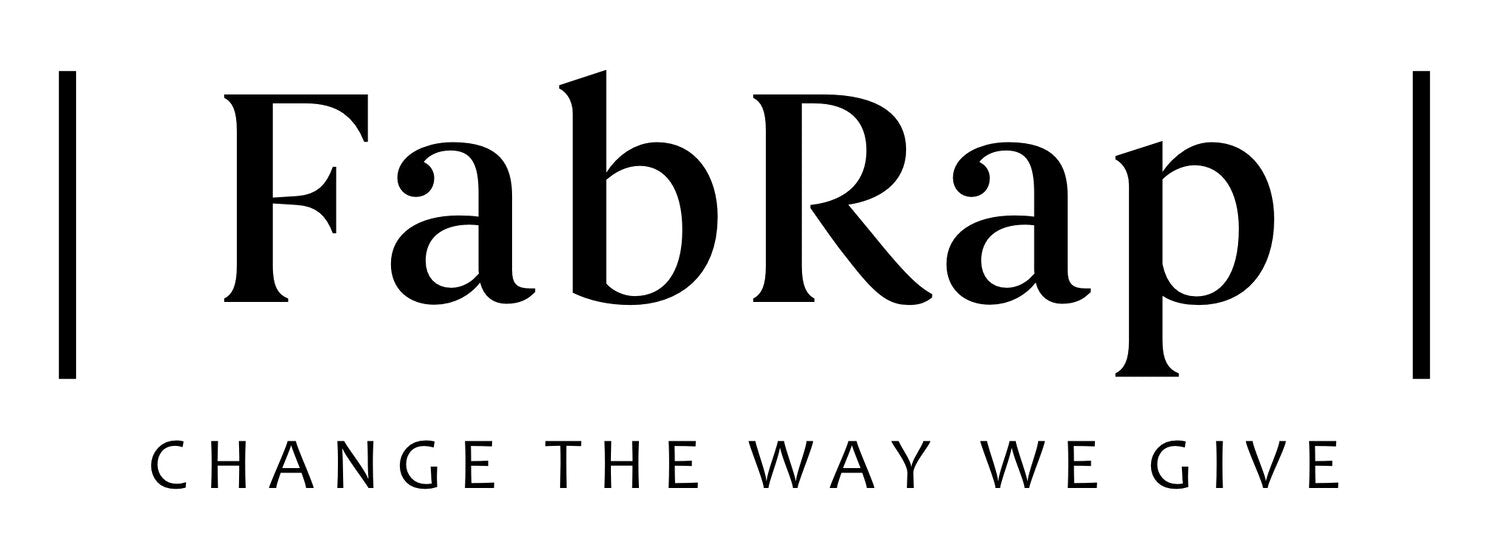In a world increasingly conscious of sustainability and aesthetic charm, the traditional Japanese practice of furoshiki is experiencing a renaissance. This ancient art form, which dates back to the Nara period (710-794 AD), is much more than a method of wrapping objects; it is a symbol of elegance, creativity, and environmental mindfulness.
What is Furoshiki?
Furoshiki (風呂敷) refers to both the technique of wrapping items using cloth and the cloth itself. Historically, these cloths were used to bundle clothes and personal effects while at the sentō (public baths), hence the name—"furo" meaning bath and "shiki" meaning spread. Over centuries, furoshiki evolved beyond its initial utility, becoming versatile and revered practice for wrapping gifts, carrying items, and even fashioning impromptu bags.
The Craftsmanship of Furoshiki
At its core, furoshiki embodies simplicity and versatility. The cloths are typically square, ranging in size from small squares to larger pieces that can envelop sizable objects. Made from materials such as silk, cotton, rayon, and nylon, each type of fabric brings its own texture and durability, suitable for different purposes. The designs range from traditional Japanese motifs like cherry blossoms and koi fish to modern, abstract patterns.
Techniques and Styles
The beauty of furoshiki lies in its adaptability. There are numerous wrapping techniques, each with its unique flair and functional purpose. Here are a few popular styles:
- Otsukai Tsutsumi (Basic Carry Wrap): Perfect for small to medium-sized objects, this simple wrap is ideal for carrying items or presenting a modest gift.
- Bin Tsutsumi (Bottle Wrap): A graceful way to present a bottle of wine or sake, showcasing not only the gift but the thoughtfulness behind its presentation.
- Hira Tsutsumi (Flat Fold Wrap): Used for wrapping books, boxes, or any flat items, providing a neat and secure package.
- Yotsu Musubi (Four-Tie Wrap): This method creates a sturdy knot, often used for larger and heavier objects, ensuring they are securely wrapped.
Each technique involves precise folds and knots, often transforming the cloth into a functional carrier or a beautifully wrapped present. The artistry is not just in the end product but in the process, requiring patience, attention to detail, and a sense of aesthetic balance.
Furoshiki and Sustainability
In today's eco-conscious society, furoshiki stands out as a beacon of sustainability. Unlike disposable wrapping paper or plastic bags, furoshiki can be reused countless times. Theur versatility means they can serve multiple purposes, reducing waste and promoting a culture of reuse and recycling. With the help of furoshiki, individuals can significantly reduce their environmental footprint while embracing a tradition that values beauty and practicality.
Furoshiki in Modern Times
The resurgence of interest in furoshiki is evident in its growing popularity beyond Japan's borders. Contemporary designers and artists are reinterpreting traditional patterns, infusing them with modern aesthetics. Workshops and online tutorials are making this ancient art accessible to a global audience, encouraging a new generation to explore its creative potential.
Incorporating furoshiki into daily life can be both practical and artistic. Whether used for gift wrapping, as a fashionable tote, or a decorative piece in the home, furoshiki brings a touch of elegance and mindfulness to ordinary tasks. It reminds us of the value in taking time to do things beautifully and thoughtfully.
Conclusion
The artistry of furoshiki is a testament to Japan's rich cultural heritage and its forward-thinking approach to sustainability. By embracing this timeless practice, we not only honour a beautiful tradition but also contribute to a more sustainable and aesthetically pleasing way of living. So, next time you have a gift to wrap or an item to carry, consider the elegance and practicality of furoshiki - it's more than just a wrap, it's an art form that tells a story of respect for both beauty and the environment.

